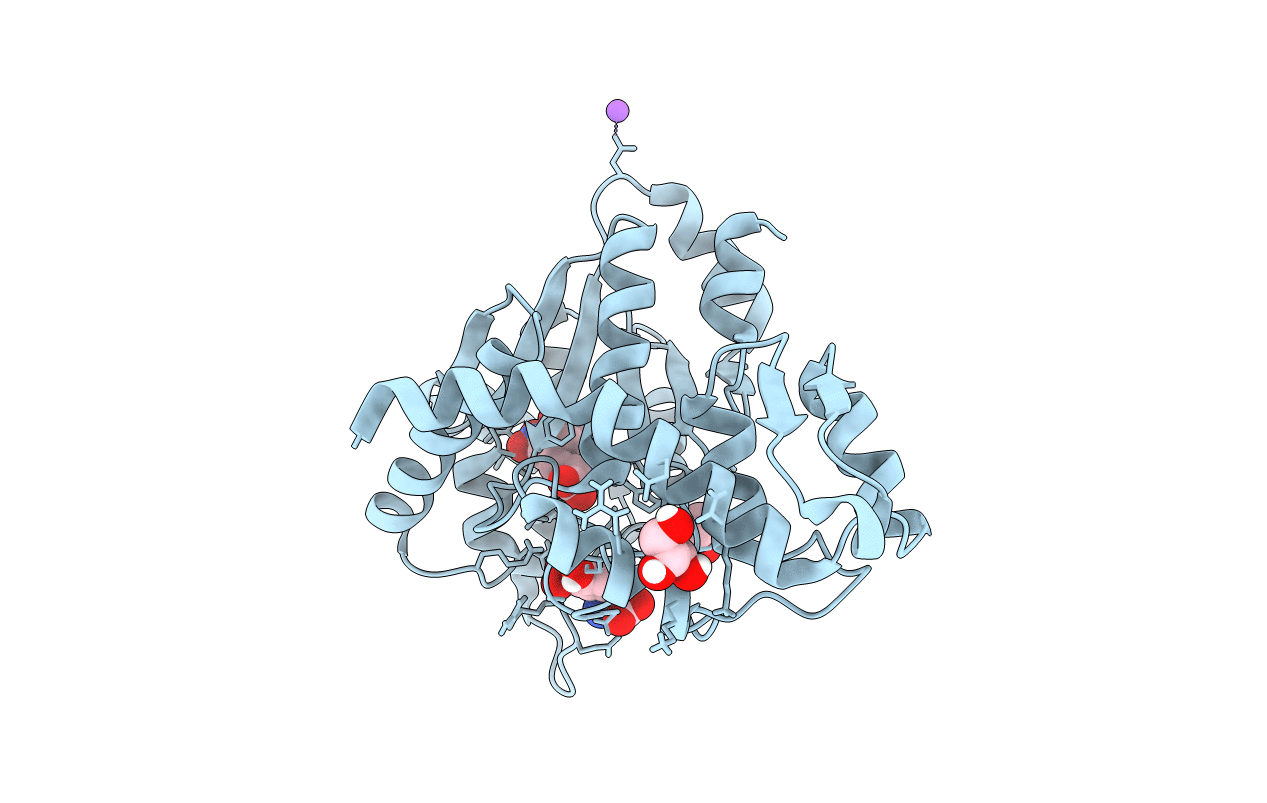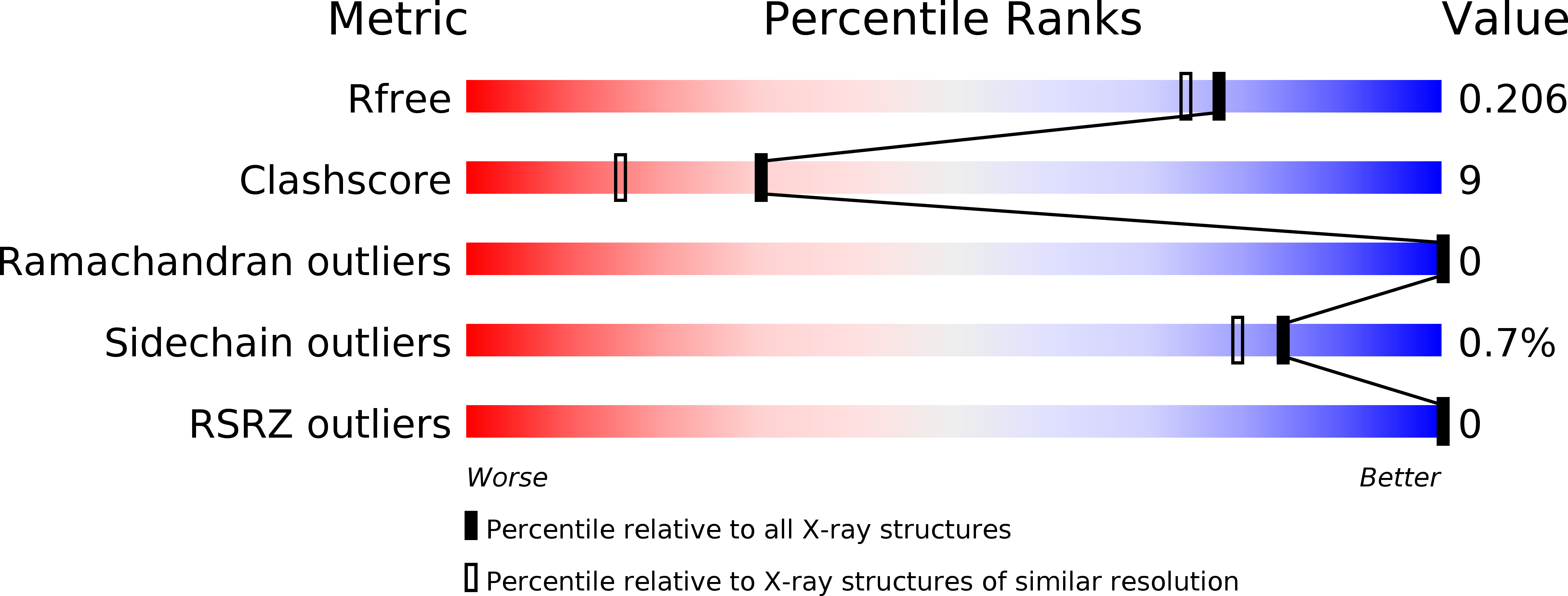
Deposition Date
2020-04-29
Release Date
2020-07-01
Last Version Date
2023-10-18
Entry Detail
PDB ID:
6WRQ
Keywords:
Title:
Crystal structure of Mj 3-nitro-tyrosine tRNA synthetase (5B) S158C variant bound to 3-nitro-tyrosine
Biological Source:
Source Organism:
Host Organism:
Method Details:
Experimental Method:
Resolution:
1.85 Å
R-Value Free:
0.20
R-Value Work:
0.18
R-Value Observed:
0.18
Space Group:
P 43 21 2


